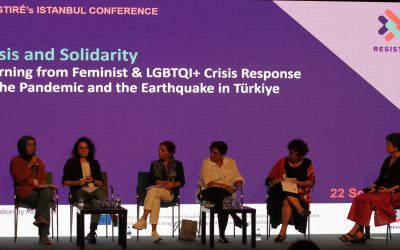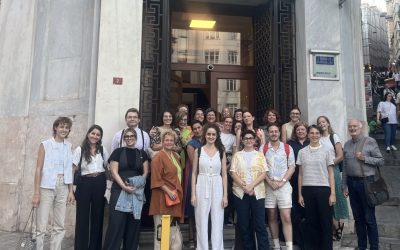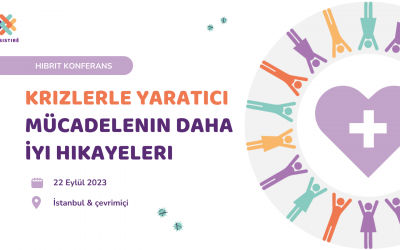The aim of the Open Studios is to co-design practical policy solutions that can really make a difference.
Adequate responses and operational tools are developed by finding answers to some key questions, such as: What are some inspiring practices, initiatives, and policies observable in different contexts across Europe? What can we learn from them? How can a gender+ perspective help us explore and co-create more egalitarian and inclusive policies, initiatives, and practices?
What did the first Open Studios focus on?
The first cycle of Open Studios took place in October 2021. It was divided into four Open Studio (OS) sessions each addressing a different topic: the first OS focused on the impacts that healthcare workers endured, during the pandemic, and how to support them better in the future. The second OS looked at the increasing prevalence of telework, as well as how to make it more inclusive and compatible with the needs of employees. The third OS focused on the inequalities present in the use of green commons during the lockdown periods and how we can learn from this to make green spaces more inclusive and adaptable to everyone’s needs. Finally, the fourth OS looked at masculinity roles, how they changed (or didn’t) during the pandemic, and how they can be transformed for the better.
How was it organised?
During two days, participants went through a creative process inspired by ‘better stories’ and by personas that were prepared for each Open Studio based on results of the research activities of the project.
“Better stories” are used as inspiration, stories that identify how a given societal situation can be improved, without being a perfect fix that turns out to be unattainable (i.e., a ‘best story’). As feminist scholar Dina Georgis (2013) argues in her book The Better Story: “There is always a better story than the better story.” In each session, several inspiring policies and societal initiatives across Europe provided a discussion base for the Open Studio participants.
The technique of personas is used to stimulate creativity, create empathy and to take some distance from the personal experience of the participants. These personas represent different archetypes of people that were affected by the pandemic in one way or another. They enable participants to think about the factors that could have made a difference in the lives of the people described.
Who took part in the first Open Studios?
Participants are a mix of team members of the project and invited participants. The first cycle gathered members of the RESISTIRÉ consortium as well as experts, stakeholders, and creative people from outside of the project.
Internal participants bring in the insights from the project activities, external participants bring in their expertise and creativity. The target is to have eight external participants in each Open Studio. They are identified because of their involvement with the theme of the Open Studio and can come from civil society organisations, can be policy-makers, researchers, user-experts or more creative profiles like artists.
What are the results of the first cycle?
The result is a set of 27 action-ideas that will be further used and developed in the RESISTIRÉ project to:
•Formulate recommendations towards different target groups including policymakers, civil society organisations (including NGOs), employers, and other kinds of stakeholders.
•Launch pilot actions that will test and demonstrate the potential of innovative approaches.
•Feed the research agenda of RESISTIRÉ (the second cycle of research activities) and beyond.



